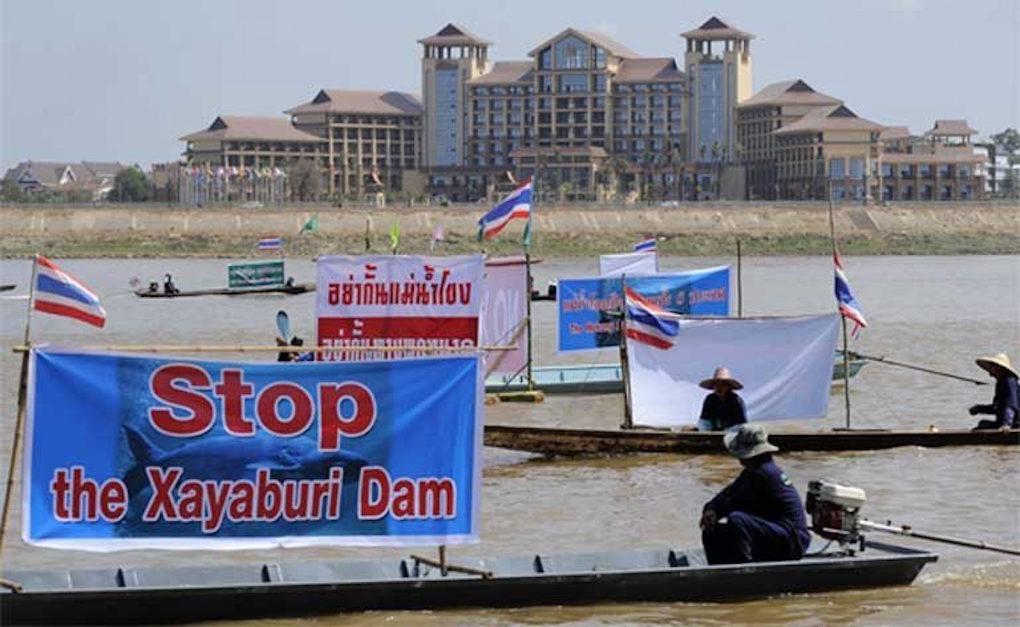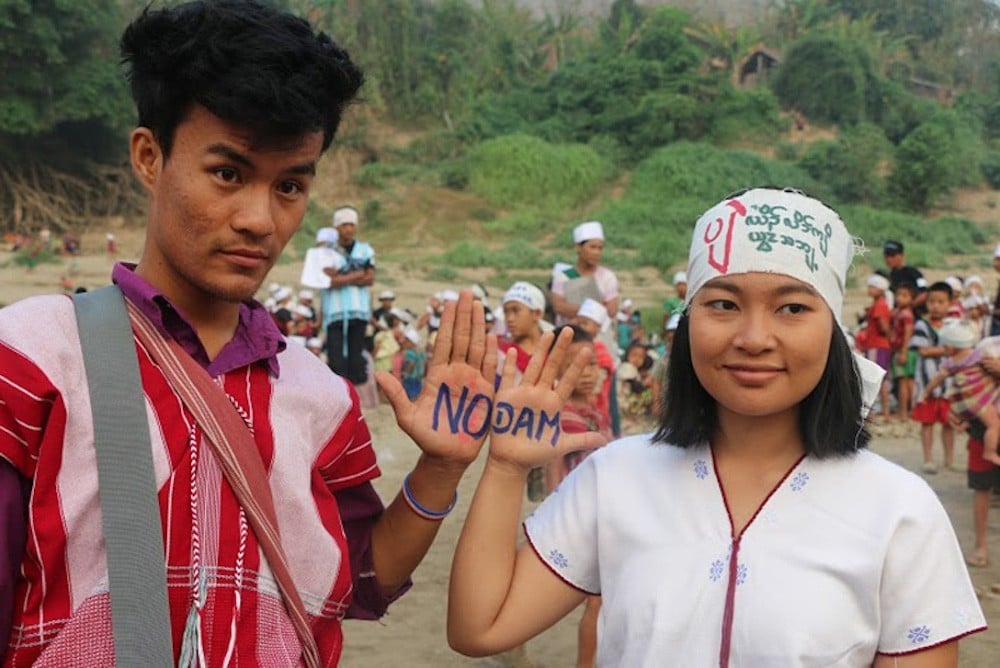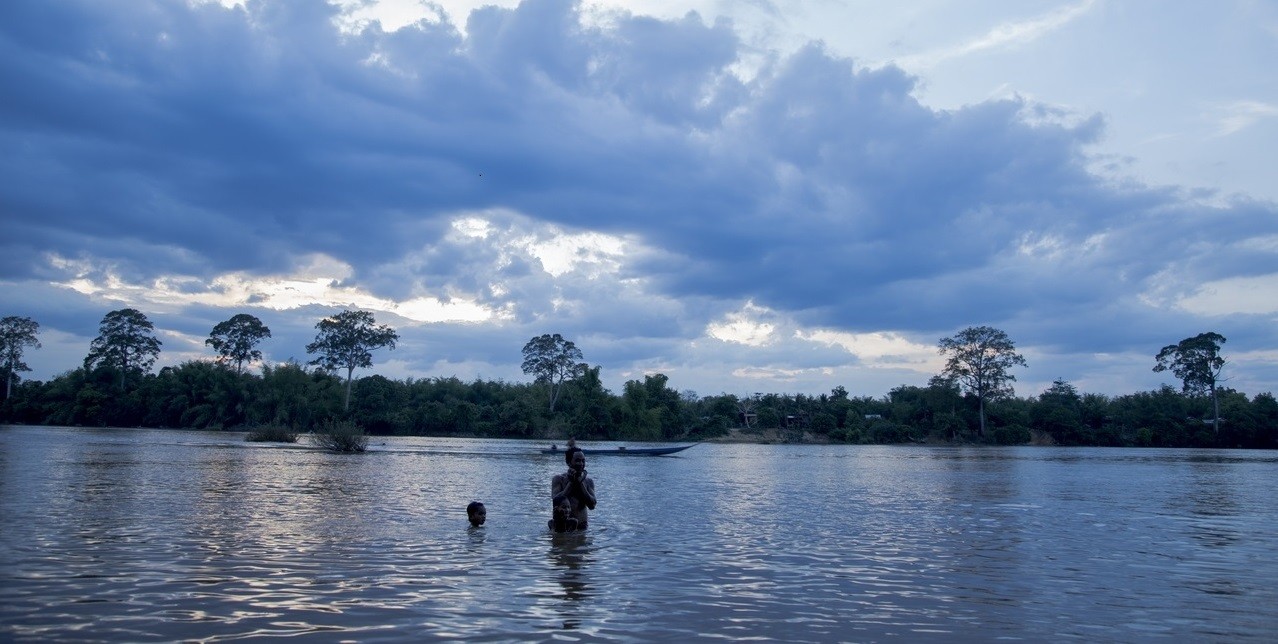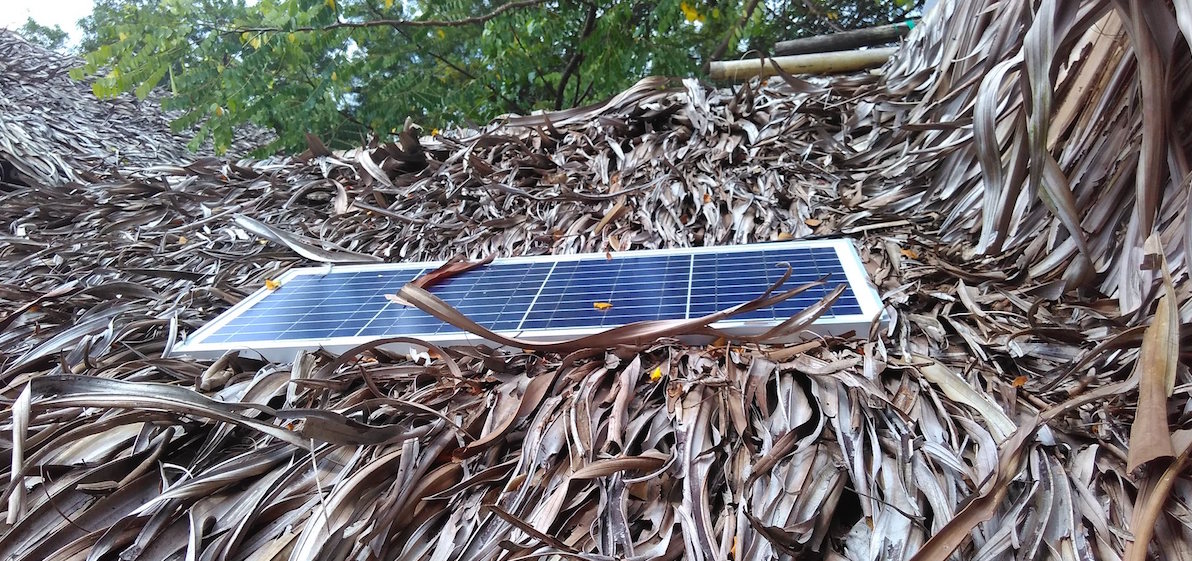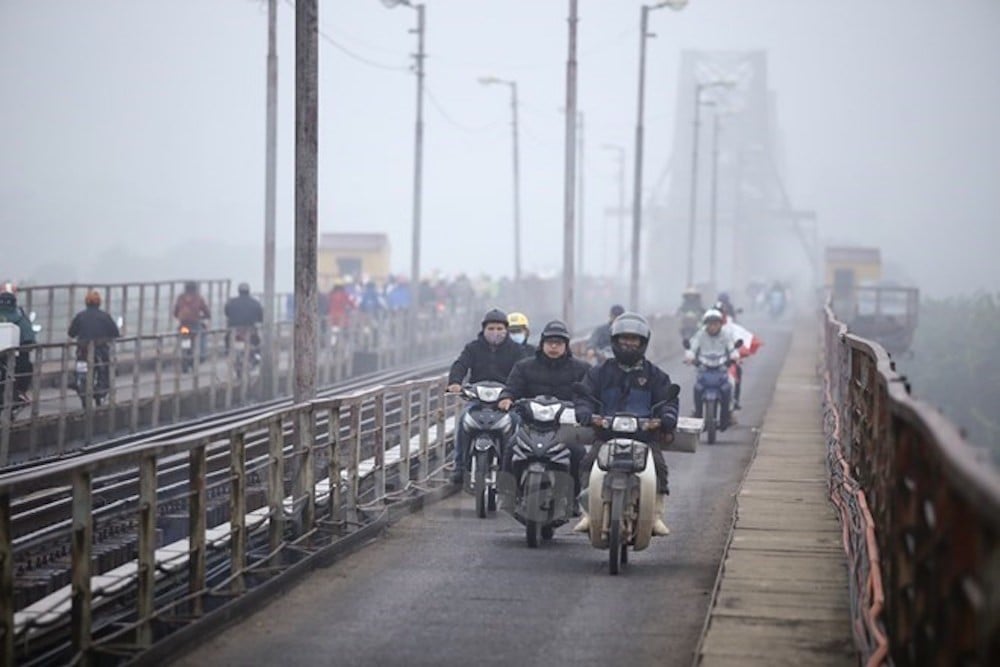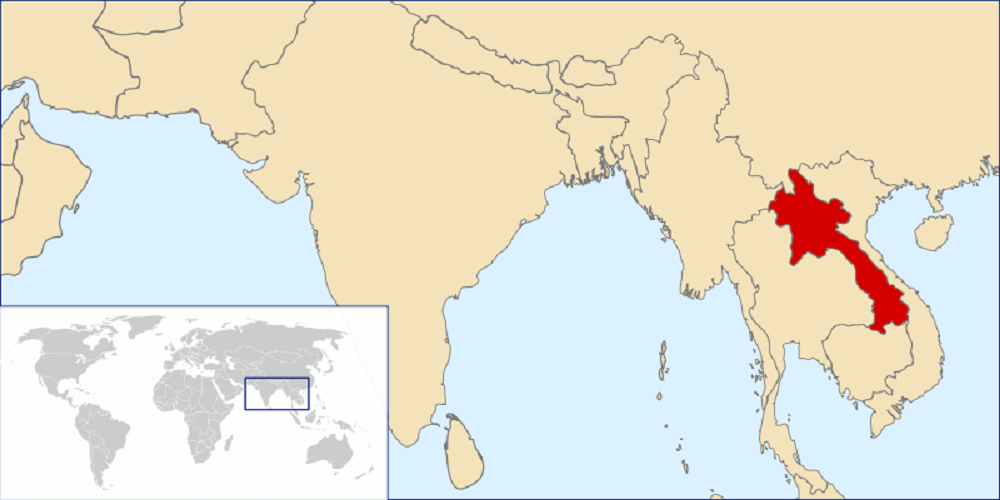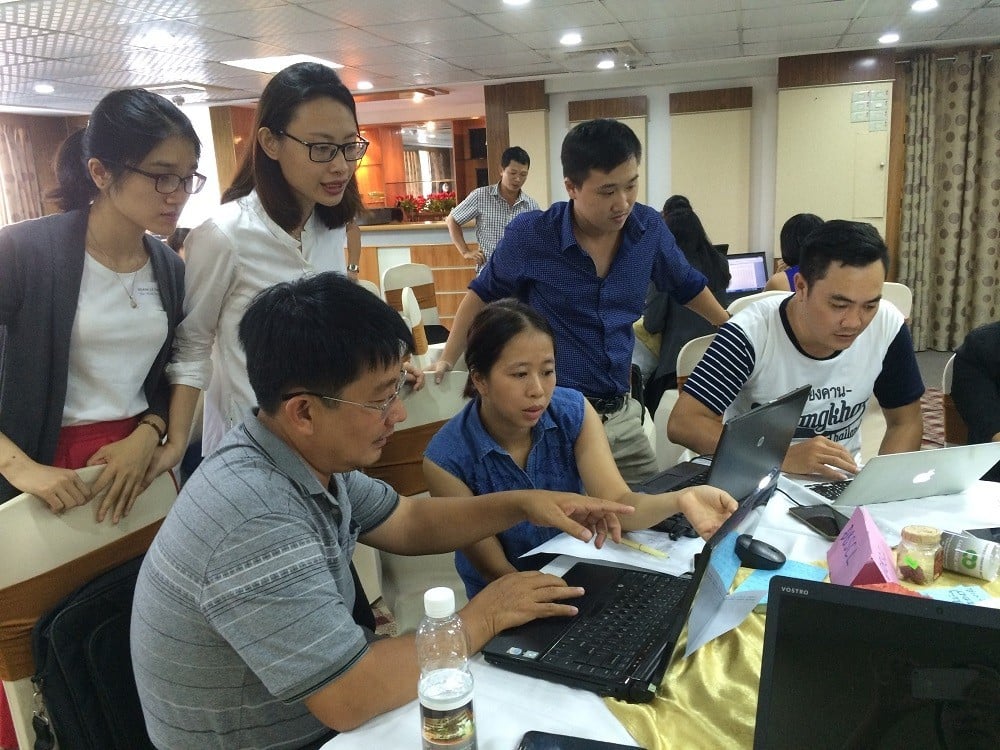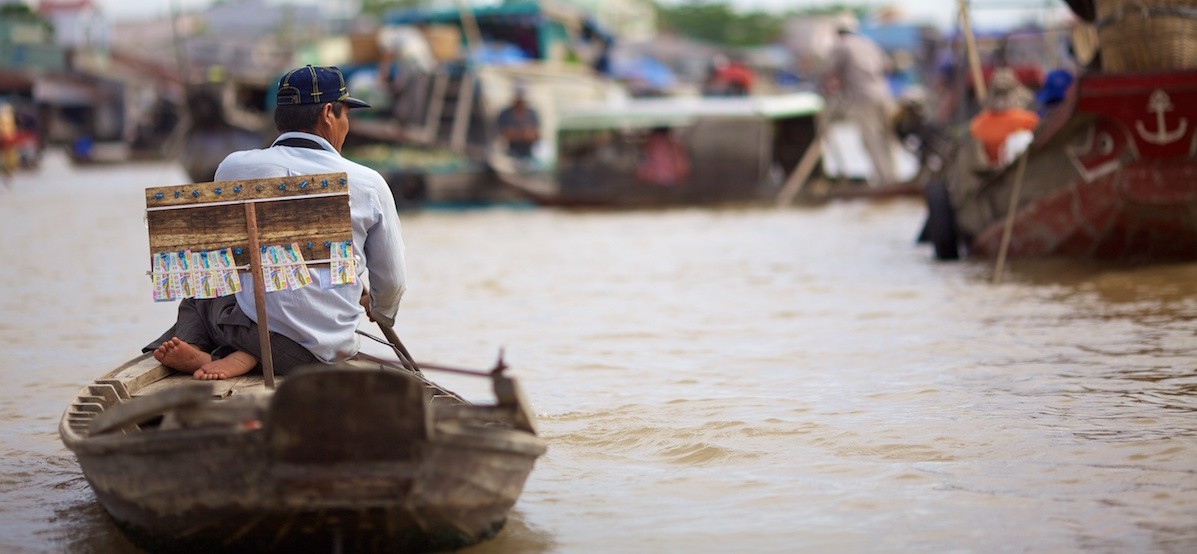We live today in the most explosive era of infrastructure development in human history. By mid-century the unprecedented rate of highway, dam, mine and power plant construction; along with city growth, will girdle the globe in concrete. Arguably, that burst of activity will improve the lives of millions. But it is also coming at a terrible cost to the natural world, as we lose the rainforests, estuaries, wetlands, wildlife and indigenous people of our planet.
Category: Region
Selected environmental stories from media outlets in the Mekong region and beyond.
Myanmar Rivers Network calls suspensions of mega dam projects including resources
Myanmar Rivers Network has called for the suspension of construction on mega dam projects, a special economic zone and extraction of value-added mineral resources until a federal agreement is signed.
At a press conference at the Orchid Hotel on December 7, the network released a statement saying that the respective governments and companies must give full compensations to villagers who had been moved by force because of previous dam construction projects.
“My Spirit is There”: Life in The Shadow of The Mong Ton Dam
Before reaching the Keng Kham valley, the bright green Pang river, the Salween’s major tributary running south through central Shan state, splits into three parallel rivers that form myriad channels creating islands and islets, blurring the line between forests and water in a pristine and biodiverse riverscape. Rarely seen by outsiders, these are the famed “thousand islands,” forming a stunning inland delta that gives the “Kunhing” township its name. To the south, the Pang meets the Salween in a cascade of waterfalls. Seen from the air, white water tumbles down through verdant forested islands on an escarpment hundreds of meters long.
When will a basin-scale vision for the Mekong come to reality?
The Mekong basin is being stirred up by dams, both on the mainstream and tributaries, despite the warning that they pose serious threats to an ecologically and agriculturally vital area of the world. Experts say a basin scale vision is crucial for good water governance, but when will it become a reality?
Off-grid solar to help Myanmar bring electricity to all by 2030
Four feet in length, of aggressive disposition, and deadly poisonous: you don’t want to stand on a Russell’s viper in the dark. Especially if there’s no antivenom for miles around. Yet that’s the daily predicament facing millions of villagers in Myanmar, where snakebites cause about 500 deaths every year.
In Yin Ma Chaung, a rural settlement about nine hours by car from Yangon, villagers can rest easier knowing there are doses of antivenom chilling securely in a new refrigerator in the village’s community centre, powered by solar.
Dam’s impacts being felt
Residents of Stung Treng province’s Preah Romkil commune are reluctant to express their concerns over Laos’s Don Sahong hydropower dam since it was endorsed last month by Prime Minister Hun Sen, despite the impacts of the dam already being keenly felt, activists and researchers said yesterday.
Hun Sen last month announced his support of the controversial project, expressing hope that Lao would sell electricity to Cambodia at a low price, but activist Chum Hout said yesterday that since the endorsement, community members are fearful of lodging complaints. “We appeal to Samdech [Hun Sen] to stop supporting this project . . . Fishing has seriously fallen,” Hout said.
New Mekong pact to boost capitals’ connectivity
A major expansion of economic-corridor networks and new areas for economic investment valued at US$32.6 billion (Bt1.2 trillion) will strengthen links between the capital cities of Mekong countries, according to the agreement revealed at the 21st Greater Mekong Subregion (GMS) Ministerial Conference in Chiang Rai province yesterday.
25 Most Popular Research Papers on Lao Land and Food Issues: LaoFAB
In commemoration of LaoFAB’s 10th anniversary, the top 25 most popular research papers and reports in its repository have been made public. The list is dominated by studies of land concessions and food security.
Environmental Protection by the Numbers: Vietnamese Journalists Learn to Use Data to Tell Stories
From 26-28 October 2016 in Hanoi, Vietnam, USAID-supported Mekong Partnership for the Environment (MPE) partners PanNature and Internews’ Earth Journalism Network trained Vietnamese journalists and local NGOs on how to better source, analyze and incorporate environmental data to tell compelling stories. The workshop aimed to build journalists’ skills in using data to understand and describe environmental issues – particularly in stories about the costs and benefits of regional development projects such as dams, mines and power plants.
Moving beyond the Myitsone dam dilemma
Amid a wave of popular protest, construction on the Chinese-backed project was halted by the Thein Sein government in 2011. Daw Aung San Suu Kyi’s assurances in August that there will be a solution to the stalled dam may be welcome news in Beijing.


